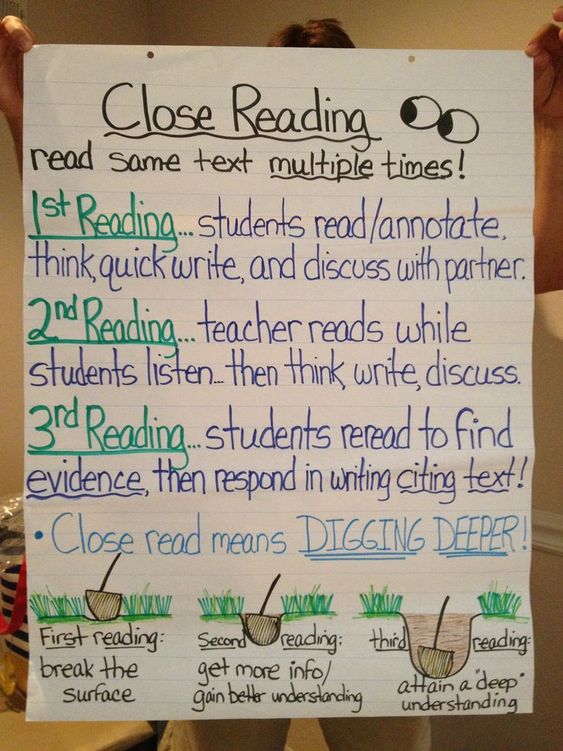

#ANCHOR CHART ANNOTATION EXAMPLES FOR STUDENTS FULL#
What follows are a few ideas for empowering students to lead and creating conditions in which they can be successful.Ī student’s first experience with leading the class should NOT be a full lesson that they develop and present on their own. Knowing that students are going to struggle though, there are some concrete steps we can take to support them – to scaffold their ability to teach and learn from each other. In fact, these moments of apparent “failure” can be powerful opportunities for helping students buy into a growth mindset.

Learning is still happening even if student presenters are struggling, even if some “lessons” seem to fall flat. So the first thing we should acknowledge if we’re going to pursue this strategy is that OF COURSE they’re going to be bad at it… at first. It’s not something anyone should expect to be great at on their first try. Or maybe, as a long-term project, students are challenged to choose their own topic and design a full-fledged lesson of their own.Īll of these approaches are valid, all of them are valuable, and all of them are POSSIBLE.Īs teachers, we know better than anyone that teaching takes WORK. Maybe student teams research different assigned topics and then present to each other to build background knowledge before reading a novel. Maybe students are appointed as discussion leaders in small groups, tasked with generating questions about a text and facilitating conversation.

Getting students “front and center” can take a variety of forms.

(And maybe, everyone develops a little more empathy for us – the actual teachers – as they get a sense of how hard this job really is!) Meanwhile, the “learners” get to practice respect and active listening as they encourage their peer “teachers,” knowing that they will be in the same position eventually. As the “teachers” assume responsibility for helping their peers understand the topic, they have to practice taking on someone else’s perspective. These are skills that carry across content areas and into future professions. Asking students to teach challenges them to practice planning and project management as they prepare lessons, and gives them the opportunity to work on public speaking techniques when they present. When students are visible taking the lead in class, it reinforces the sense that the class belongs to them, that student voice matters, and that the teacher is not the sole gatekeeper of knowledge. (We teachers know this intuitively, but research has also confirmed it.


 0 kommentar(er)
0 kommentar(er)
